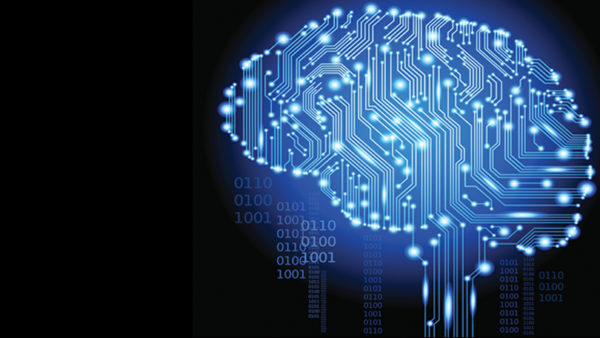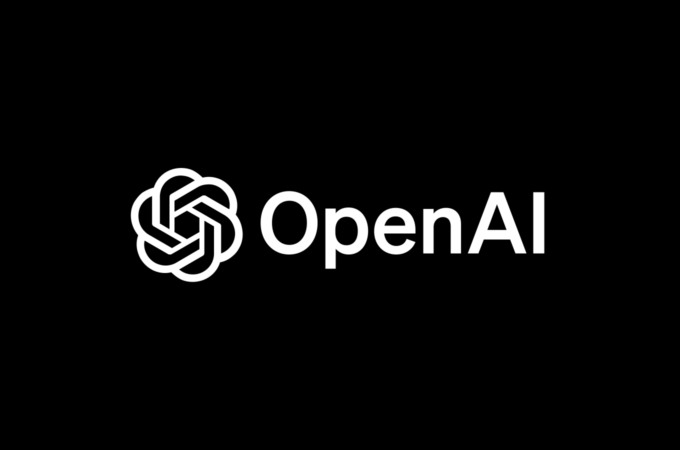
Artificial Intelligence Is Becoming A Major Disruptive Force In Banks’ Finance Departments
By Steve Culp for Forbes
A combination of elements including massive distributed computing power, the decreasing cost of data storage, and the rise of open source frameworks is helping to accelerate the application of artificial intelligence (AI). Our own research indicates that, by 2035, AI could double economic growth rates in 20 countries, and boost labor productivity by up to 40 percent. The increasing importance of AI has significant implications for financial institutions and particularly for those institutions’ own finance function. In short, AI has the potential to fundamentally transform banks’ finance function within the next decade – if not sooner.
Artificial intelligence is not one technology but rather a group of related technologies – including natural language processing (improving interactions between computers and human or “natural” languages); machine learning (computer programs that can “learn” when exposed to new data) and expert systems (software programmed to provide advice) – that help machines sense, comprehend and act in ways similar to the human brain. These technologies are behind innovations such as virtual agents (computer-generated, animated characters serving as online customer service representatives); identity analytics (solutions combining big data and advanced analytics to help manage user access and certification) and recommendation systems (algorithms helping match users and providers of goods and services) which have already transformed the ways in which companies look at the overall customer experience.
Artificial intelligence can help banks’ finance teams reimagine and restructure operating models and processes. Large banks must process huge volumes of data to generate financial reports and satisfy regulatory and compliance requirements. These processes are increasingly standardized and formulaic, but still involve large numbers of people performing low-value-added tasks (often in reconciliation and consolidation), making them ideal candidates for robotic process automation (RPA). The software “bots” used in RPA can be coded to deal with rules and some exceptions, but it’s the added layer of machine learning across the more complex challenges and frequently changing tasks that make the combination of RPA and AI particularly powerful.
Over the next few years, AI will be used to transform the most central functions in finance such as intercompany reconciliations and the quarterly “close” and reporting of earnings, as well as engage in the more strategic functions such as financial analysis, asset allocation and forecasting. AI provides speed and accuracy – the entire reporting and disclosure process, for example, can be undertaken in real (or nearly real) time. Rather than waiting until the end of the quarter, the finance team empowered by AI can identify issues and make adjustments much sooner than is possible today, increasing accuracy and eliminating period end efforts.
Financial institutions are well aware of the potential of AI. They have observed massive disruption in other industries, as digital startups and Internet giants use AI to streamline operations and to entice customers with more personal, relevant offerings and experiences developed upon new, technologically-enabled platforms. As a result, banks are investing heavily in new technologies and in recruiting and developing the talent needed to implement and work effectively with AI solutions.
Artificial intelligence provides banks, capital markets firms and insurers with an enormously powerful set of tools to transform and streamline some of their most fundamental financial processes. The challenge for many, however, is not only to identify and adopt the best AI technologies but to reshape and rethink their operating model and talent development to take advantage of AI’s transformative capabilities.
Artificial intelligence can help banks dramatically improve operational efficiency and gain a much clearer understanding of where they are going, but it is still up to humans to make the big strategic decisions and set the course for AI and related technologies to help deliver profitable growth.
First appeared at Forbes





